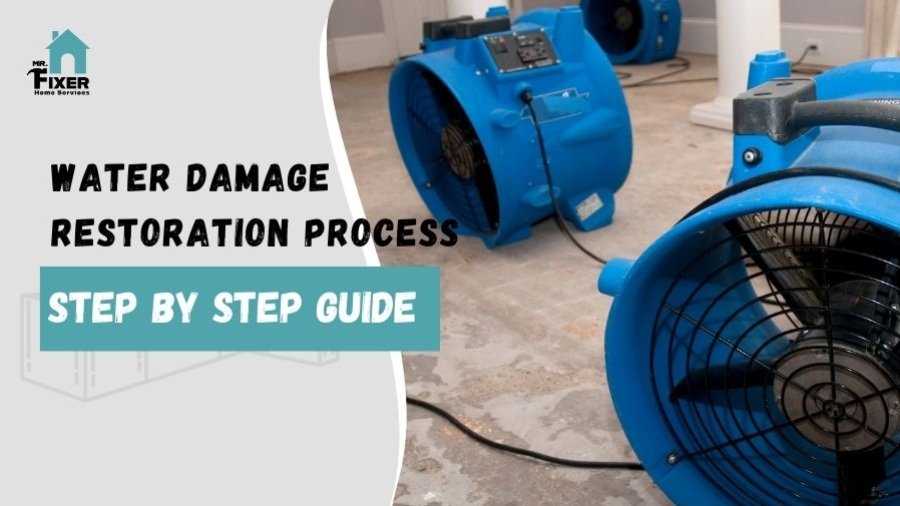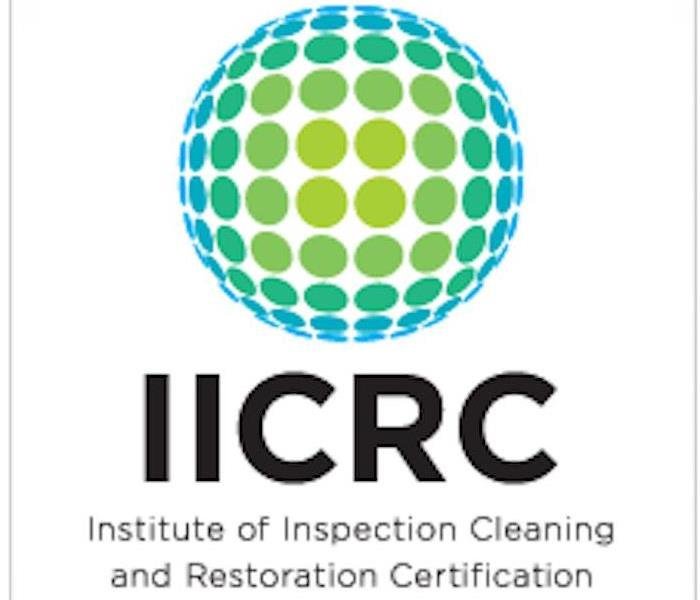Any business owner, property manager, or facility team member’s biggest concern is always water damage caused by a natural flood, burst pipe, overflowed appliance, or any other situation.
Water mitigation requires exact science to guarantee everything is restored and safe. If your building has water damage, see what your options are. Continue reading this step-by-step guide to get your water damage cleanup done quickly.
What is Water Damage Restoration?
The water damage restoration process is a complete practice to conclude, prevent, and correct the destruction and breakage due to water invasion. Whether from a natural disaster, plumbing failure, or anything else, you can imagine how water enters your home when you do not want it to. The objective is to return the damaged areas to their pre-damage state and guarantee that you live in secure and healthy surroundings.
Why is Water Damage Restoration Important?
Water damage restoration is necessary for your walls, floors, and ceilings because you will experience it not only as a cause but also as an effect. Water damage and structural defects are often related; therefore, discovering one typically warrants checking for the other. Damage from water can cause walls, ceilings, and even floors to collapse.
Additionally, by not paying attention to water damage or immediately taking care of it, there are other long-term health hazards powered by this love, such as mold appearance and the cultivation of bacteria and pests.
Downplaying the necessity of water damage restoration undermines the skill, knowledge, and expertise needed to carry out such work and places building inhabitants’ lives at considerable risk.
What are the Signs of Water Damage?
Early water damage detection can help avert further damage. The common symptoms can be:
- Water Stains: Discoloration on walls, ceilings, or floors is usually the first thing people notice concerning water damage. These stains can be yellow and brown and could mean a leak exists behind the surface.
- Warped Floors: Flooding can cause your floorboards to buckle, cup, or sag. Water that seeps into the flooring’s material will swell and become warped.
- Musty Odor: A consistent damp smell is a clear sign of mold or mildew buildup, which can occur due to prolonged moisture exposure.
- Peeling Paint: Besides bubbling paint, removing the adhesion between your walls’ top layer of paint can show rot infiltrating the back layers. Promptly remove and replace any areas affected by moisture to prevent further damage.
- Mold: Any black, green, or white mold growing on surfaces caused by water backup. Water and mold restoration is necessary as it can cause serious health problems that will be expensive to treat.
What are the Major Causes of Water Damage?
Understanding the causes of water damage helps you prevent it efficiently. Water damage can result from plumbing failures such as burst pipes, leaks, faulty systems, and natural disasters like flooding and severe storms. Broken appliances—dishwashers, water heaters—and roof leaks from damaged shingles or gutters contribute to water damage.
Poorly maintained HVAC systems, clogged condensation lines, and other malfunctions can cause water damage. Regular maintenance and timely repairs prevent these malfunctions.
Water Damage Restoration Process
Effective restoration of water damage involves several critical steps:
1. Conduct a Water Damage Inspection
The most critical part is to inspect and determine the amount of damage you have. Find the source where water flows and leaks, and check the contamination level and affected areas. A professional water damage contractor uses moisture meters and infrared cameras to locate hidden areas of water damage.
2. Remove Standing Water via Extraction
After finishing the inspection, remove any standing water as well. High-powered pumps and vacuum units quickly extract water to prevent further damage and mold growth. Speed and efficiency are directly related to minimizing damages for water damage services.
3. Dry and Dehumidify Affected Areas
After removing most of the water, start drying and dehumidifying your property. Dehumidifiers, which are also industrial-grade in some cases, and air movements are employed to dry away walls, floors, and other impacted areas. Preventing mold and mildew is crucial at this step.
4. Clean and Sanitize All Surfaces
After drying all the affected surfaces, clean and disinfect them. Debris removal, surface disinfection, and mold treatment disinfect surfaces. Unique cleaning products and techniques can ensure a clean environment.
5. Repair and Reconstruct if Necessary
Finally, any damage must be repaired and replaced. It could involve replacing the drywall, flooring, and insulation or something more straightforward, such as painting and restoring your home to normal. A complete water restoration guarantees the house is secure, functional, and looks great!
Efficient Water Damage Restoration Process with Mr. Fixer Home Services
When disaster strikes, trust Mr. Fixer Home Services with all your water mitigation and water damage restoration needs!
We organize our swift water removal services. By quickly removing the water, drying, and dehumidifying the affected areas, we can return your home to pre-loss condition!




